balloon
Latest

This is what it looks like inside a giant space balloon for tourists
Space Perspective has offered a look at the interior of its giant tourist space balloon — where tickets will cost $125,000 each.
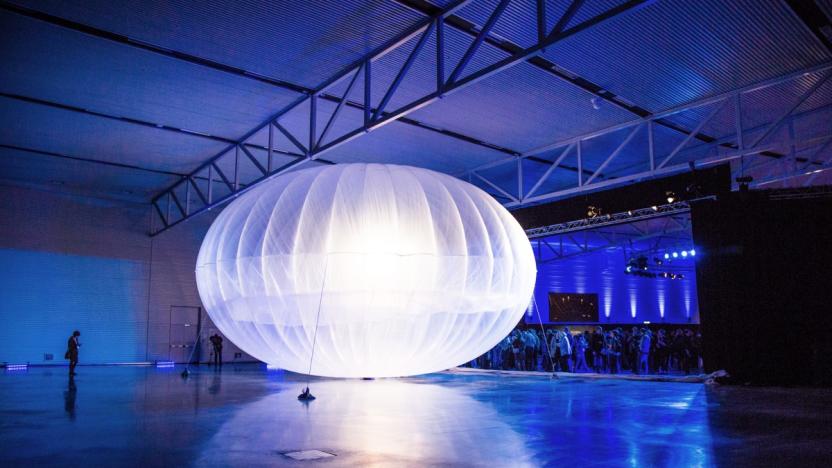
Alphabet will 'wind down' Loon's internet-broadcasting balloons
Google's parent company is shutting down its balloon internet project.

Google AI is now piloting Loon's internet-beaming balloons
The reinforcement learning model guides balloons much more efficiently.
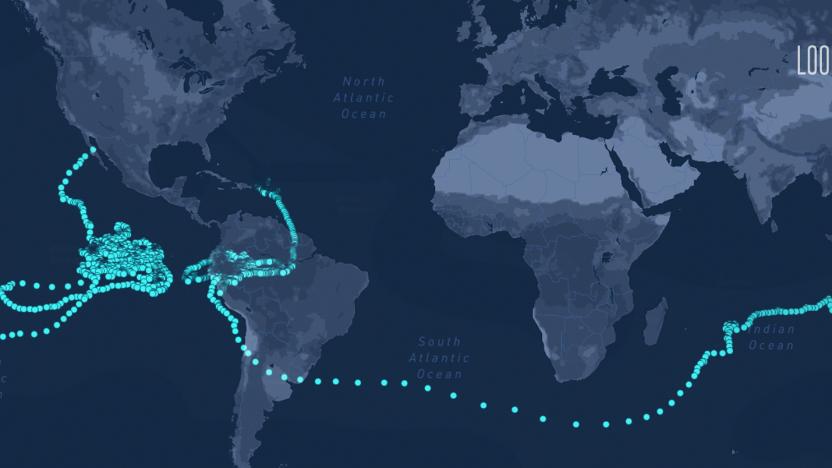
Alphabet’s Loon sets a new record for longest stratospheric flight
Google Parent Alphabet has revealed that one of its Loon balloons spent 312 days aloft, breaking its previous stratospheric flight record of 223 days, by a wide margin.

Alphabet's Loon balloons are helping scientists study gravity waves
To compile their report, professor Sheshadri and her team used data that Alphabet's Loon balloons collected over 6,811 separate 48-hour periods between 2014 and 2018.

NASA will deploy a huge stratospheric balloon to study newborn stars
NASA plans to send an 8.4 foot telescope into the upper stratosphere aboard a “football stadium” sized balloon. ASTHROS (astrophysics stratospheric telescope for high spectral resolution observerations at submillimeter-wavelengths) will study the gases around newly-formed giant stars by observing the far-infrared light they emit.

Loon's balloon-powered internet service is live in Kenya
Loon's balloon-powered 4G internet service is now live in Kenya.

Samsung's 'SpaceSelfie' balloon crashed in someone's yard
Samsung is learning first-hand about the risks of using high-altitude balloons for promotional stunts. A Michigan couple found the phone maker's "SpaceSelfie" balloon (meant to pitch the Galaxy S10) in their yard after it crashed to Earth on October 26th. The vessel didn't hurt anyone or damage property, but it was clearly a less-than-ideal touchdown -- Samsung characterized it as an "early soft landing in a selected rural area" that was prompted by US weather conditions.

Alphabet's internet balloons have spent a million hours in the stratosphere
The fledgling internet balloon industry just marked an important achievement. Alphabet's Loon has recorded over 1 million hours of stratospheric flight for its balloons, covering about 24.9 million miles. The figures aren't completely shocking when they've been pressed into service for hard-hit areas like Puerto Rico and Peru, but it's still significant when the technology only graduated from project status one year earlier.
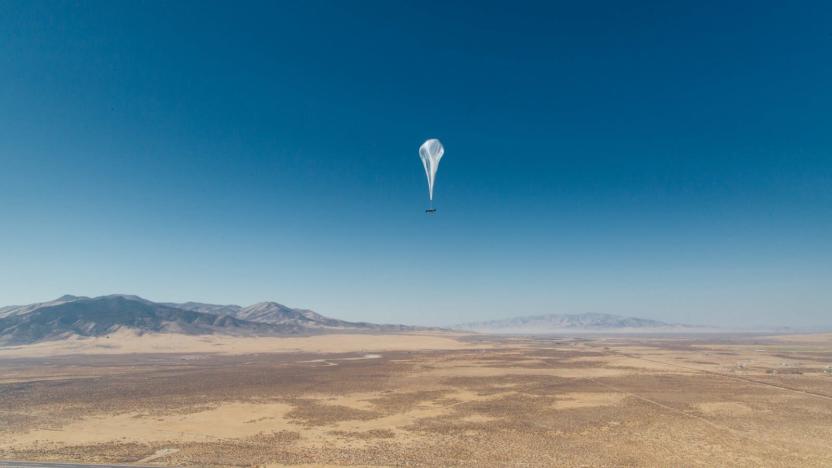
Alphabet's Loon could provide internet in Kenya this year
Alphabet's internet-delivering balloon service, Loon, expects to begin commercial service in Kenya sometime this year. The company just received approval from Kenyan officials to begin flying and testing over the country, and a Loon spokesperson said commercial service could be available in the coming months.

Alphabet's Loon forms advisory board to score internet balloon deals
Alphabet's Loon knows it needs to land carrier deals if it's going to turn internet balloons into a viable business, and that means tapping industry veterans who know how to make those deals. To that end, it just formed an advisory board that will help it find partners. The initial three members aren't household names, but you'll definitely know the companies they've worked for -- it's almost a who's-who of wireless.
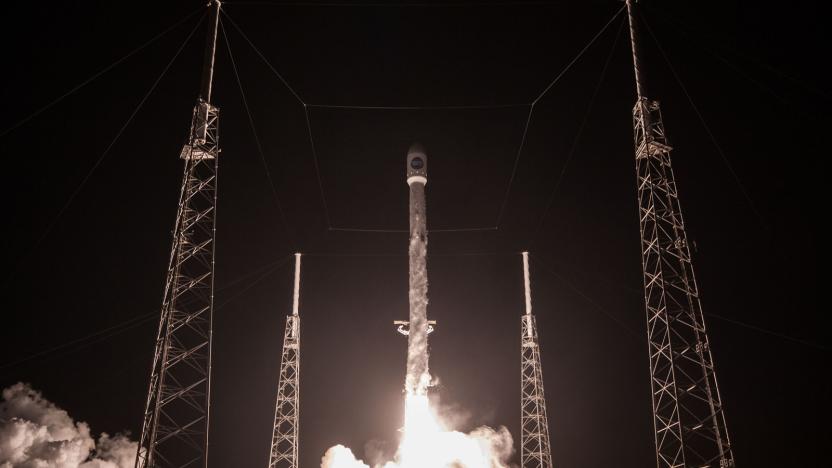
SpaceX will try 'giant party balloon' to slow upper rocket stages
SpaceX ultimately wants to recover every stage of a rocket, not just the first, and it may resort to some unusual tactics to get more control over those stages. Elon Musk has claimed that his company will try to take rocket upper stages out of orbital velocity using a "giant party balloon" -- yes, he knows it sounds "crazy." He hasn't shed more light on the subject as we write this, but we've reached out to SpaceX to see if it can elaborate.
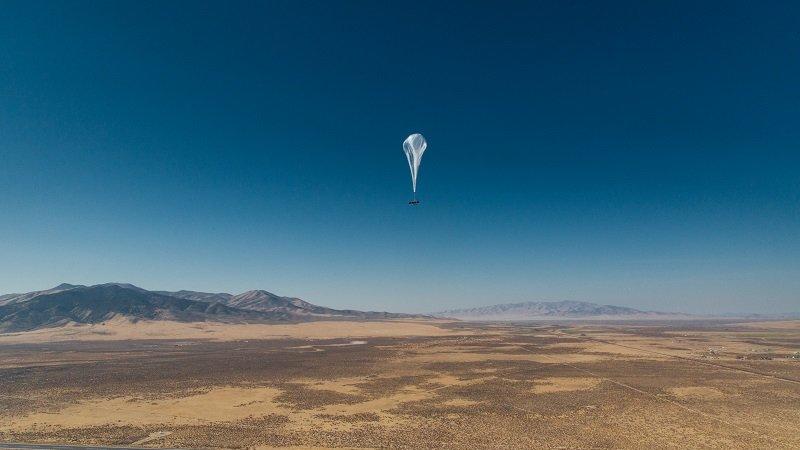
Now T-Mobile is working with Project Loon in Puerto Rico
Last week AT&T announced it was the first carrier working with Alphabet's balloon-distributed wireless setup in Puerto Rico after Hurricane Maria, and now T-Mobile customers have access too. Project Loon started off in the X Labs at Google -- which are now a part of its parent company Alphabet -- and uses balloons floating 20km high in the stratosphere that beam internet to people below. T-Mobile didn't specify which phones are compatible so far, but this should provide daytime access to limited internet service (text messaging, basic web access and email) in areas where the towers are still out. The Team at X tweeted that Project Loon has already delivered access to "tens of thousands" of people in Puerto Rico, and this should add many more to that number. Residents who use it won't necessarily know they're on Project Loon however, since the team says it appears on their just like any other LTE connection.
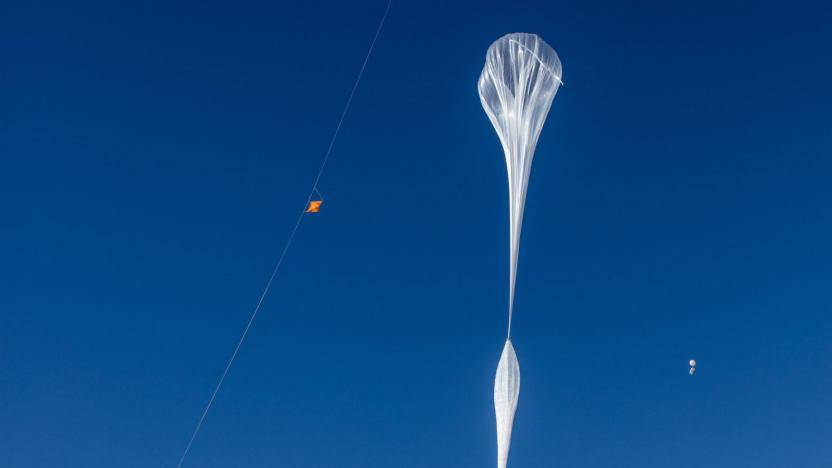
World View successfully launches near-space balloon from its new HQ
World View's dreams of replacing satellites with edge-of-space balloons have been long in the making, and not without some hiccups: its initial flight, which included KFC chicken in a publicity stunt,ended prematurely thanks to a leak. Things are going more smoothly this weekend, though. The startup has completed the first launch of a Stratollite balloon from its new headquarters in Tucson, where it hopes to turn balloon launches into a routine occurrence.
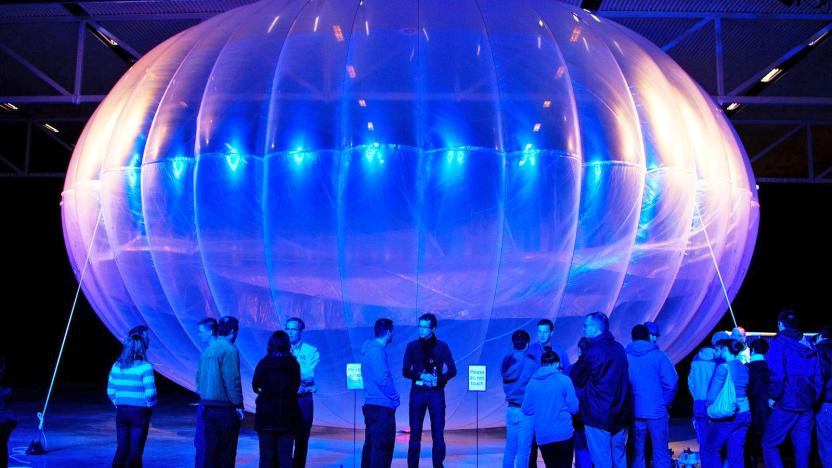
Alphabet's internet balloon chief leaves after 6 months
Alphabet's Project Loon is running into some figurative turbulence in addition to the literal kind. Tom Moore, the satellite executive who was brought on as CEO to help Project Loon become a full-fledged business, has left the leadership position after just 6 months. It's not clear why he's on the way out (neither he nor Alphabet are commenting), but he's being replaced by Alastair Westgarth, a wireless industry veteran best known for turning startups into viable companies. His "vision" for the internet balloon project matches the strategy of Alphabet's X division, "approaching huge programs, at scale, to improve the lives of millions or billions of people," the company says.

EE looks to drones and big balloons to tackle 4G 'notspots'
One of EE's biggest challenges is connecting rural customers. The UK network's 4G coverage is slowly improving, but there are still countless subscribers stuck in so-called "notspots." To help, EE is working on drones, balloons and trucks that can provide temporary access in a pinch. They'll never replace a traditional base station, but in the case of an emergency -- a flood or severe power outage, for instance -- they could offer a crucial line to the rest of the world. In the future, these "air masts" could also provide ongoing internet access, similar to Alphabet's Project Loon, while EE wrestles for planning permission to build new, permanent network hubs.

NASA's Antarctica balloons will study cosmic rays and neutrinos
Antarctica is ideal for launching high-altitude science balloons this time of year. You not only get non-stop sunlight (ideal for solar power), but wind patterns that keep those balloons over land. And NASA is determined to take advantage of this. It's launching a trio of Antarctic balloon missions that promise to shed light on the mysteries of space. The first to take off, the University of Maryland's BACCUS (Boron and Carbon Cosmic Rays in the Upper Stratosphere), will look at cosmic ray particles to learn about the chemicals and density in the space between stars.
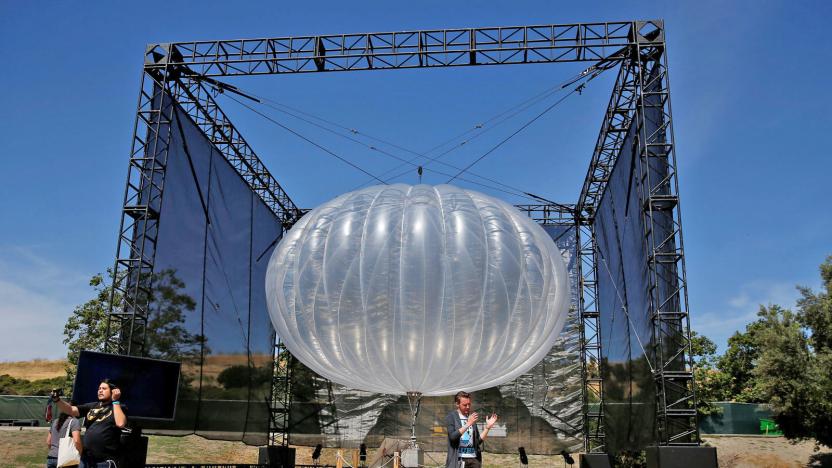
Google internet balloon uses AI to stay in place for weeks
When Google first introduced Project Loon, its internet balloons used static algorithms to change altitude and stay in position. While clever, they were limited -- Google couldn't do much to adapt to unexpected weather patterns, which are quite common tens of thousands of feet in the air. Flash forward to today, however, and it's a different story. The Project Loon team has revealed that it's using artificial intelligence technology (specifically, machine learning) to alter balloons' behavior and keep them in position for much longer. One test balloon stayed in the Peruvian stratosphere for 98 days, adapting to tricky wind conditions that might have sent it drifting away.

A totally new energy source in slow moving rivers
try{document.getElementById("aol-cms-player-1").style.display="none";}catch(e){}Today on In Case You Missed It: University of Michigan researchers spent years creating a water-harnessing river turbine to create electricity, called the VIVACE. It's the first time electricity appears to be effectively generated in slower rivers rather than oceans, but that's because the developers used physics to get turning turbines to agitate the water enough to create more energy for their neighboring cylinders. It's an as-yet prototype but a promising new development in the realm of water-powered electricity. If you're interested in the giant balloon video from China, that's here, and the JibJab app can be downloaded from an app store. As always, please share any interesting tech or science videos you find by using the #ICYMI hashtag on Twitter for @mskerryd.

Chinese space theme park to send tourists to the stratosphere
Until Virgin Galactic launches, the only way to get to space as a civilian is to pay Russia a cool $20 million. If you're willing to fudge your definition of 'space' however, you may have a much cheaper option in a couple of years: A theme park under development in China is working on a high-altitude 'deep space' balloon tour that will take visitors into the lower stratosphere.








